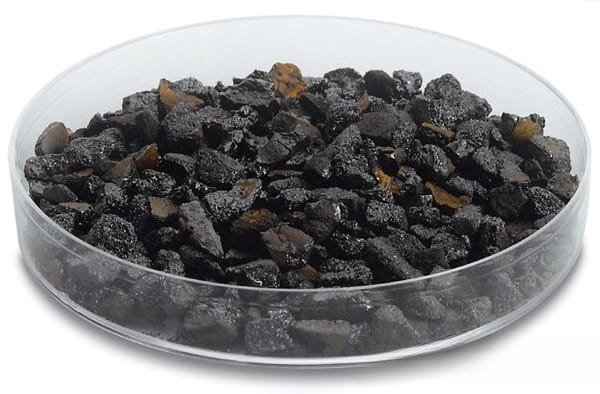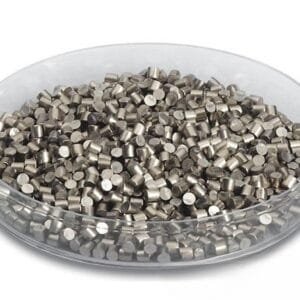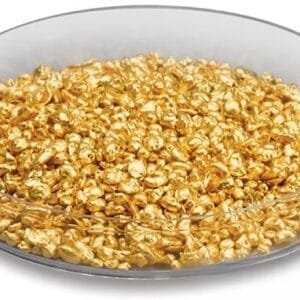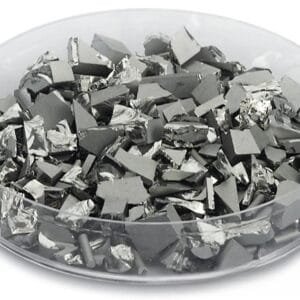Niobium Telluride Evaporation Materials Overview
Niobium telluride, a high-purity ceramic material with the chemical formula NbTe2, is crucial in advanced deposition processes. At TFM, we produce niobium telluride evaporation materials with a purity level of up to 99.9995%, ensuring optimal performance and reliability for high-quality film deposition. Our rigorous quality assurance processes guarantee that each batch of niobium telluride meets the highest standards.
Related Products
Specifications for Niobium Telluride Evaporation Materials
| Material Type | Niobium Telluride |
| Symbol | NbTe2 |
| Appearance/Color | Crystalline solid |
| Melting Point | N/A |
| Density | 7.6 g/cm3 |
| Purity | 99.9% ~ 99.999% |
| Shape | Powder/ Granule/ Custom-made |
Applications of Niobium Telluride Evaporation Materials
Niobium telluride evaporation materials are integral in various deposition processes, such as semiconductor deposition, chemical vapor deposition (CVD), and physical vapor deposition (PVD). They are predominantly used in optics applications, including wear protection, decorative coatings, and display technologies.
Packaging Information
Our niobium telluride evaporation materials are meticulously packaged in plastic vacuum bags to prevent damage and maintain product quality during storage and transport. Each package includes a Certificate of Analysis (COA) to ensure the authenticity and purity of the materials.
Contact Us
TFM specializes in delivering high-purity niobium telluride evaporation materials suitable for semiconductor applications, CVD, PVD, and optical uses. Our expert engineering, manufacturing, and analytical teams collaborate to produce top-tier evaporation materials. For inquiries or more information, please reach out to us today.


 MSDS File
MSDS File



Reviews
There are no reviews yet.